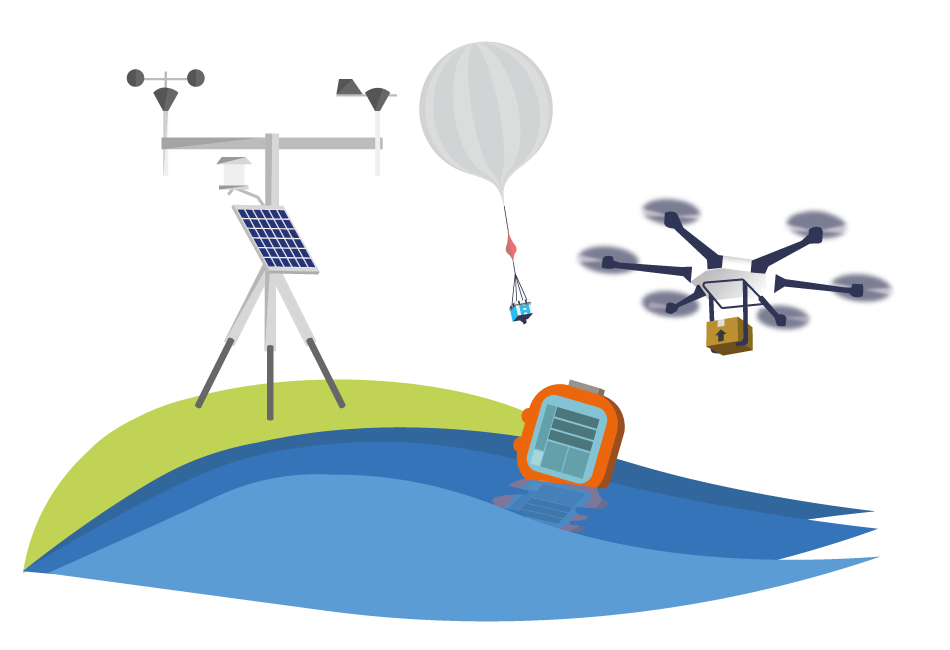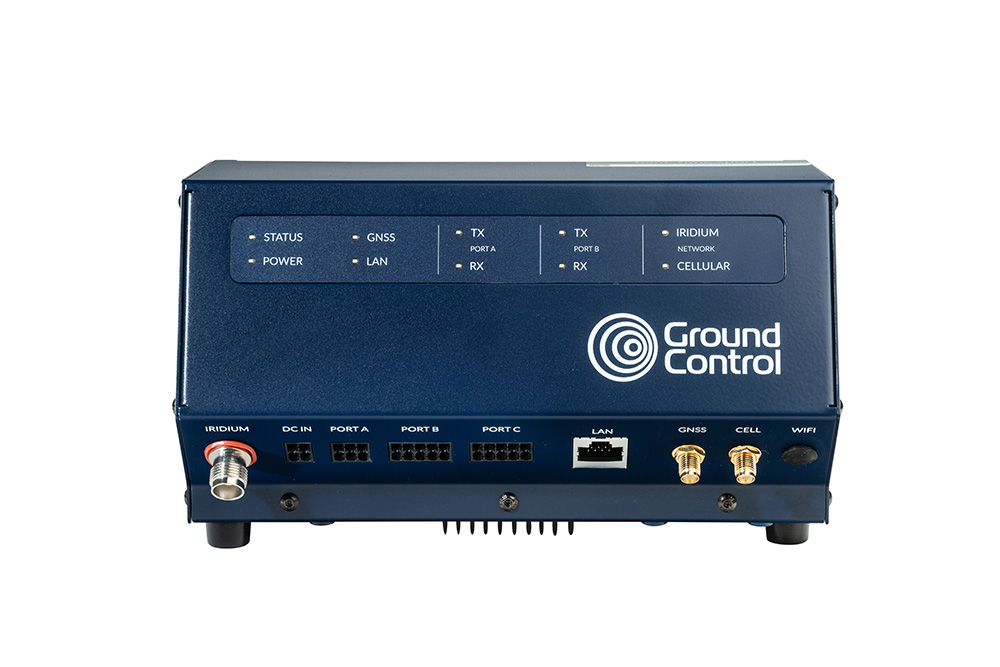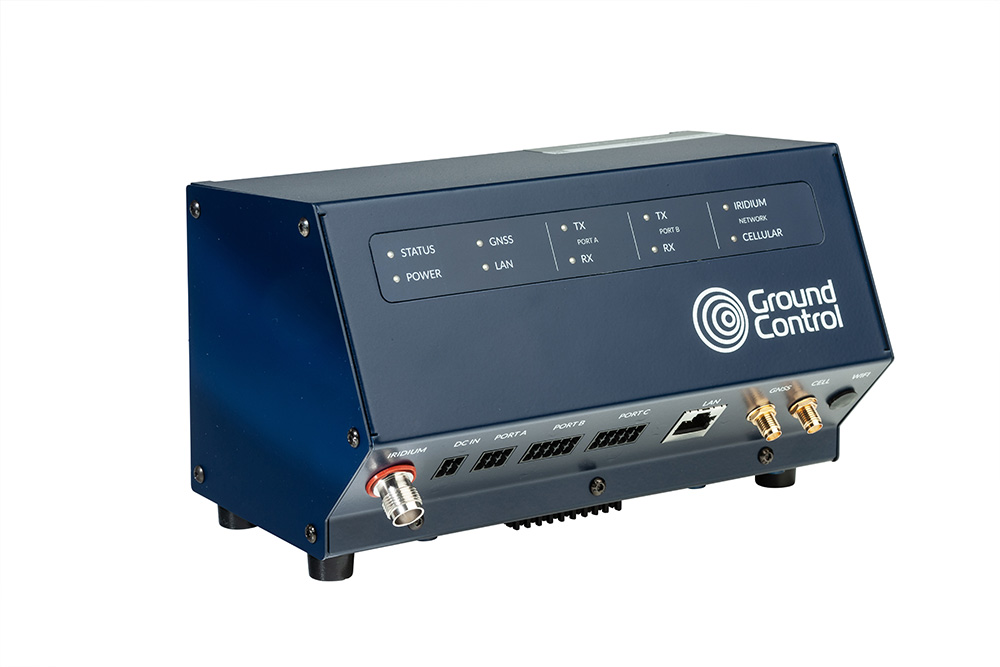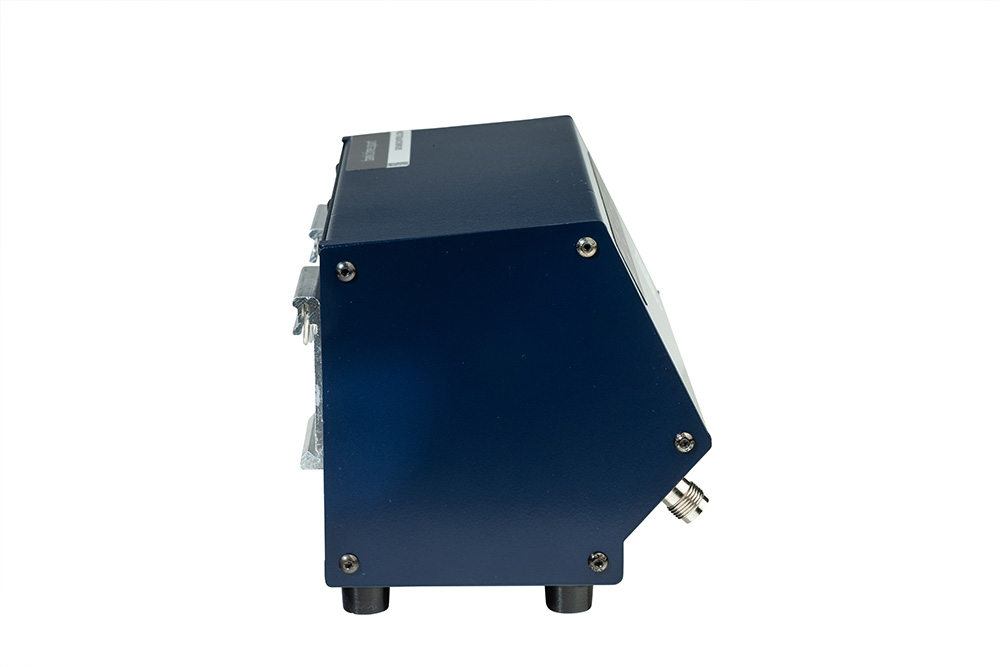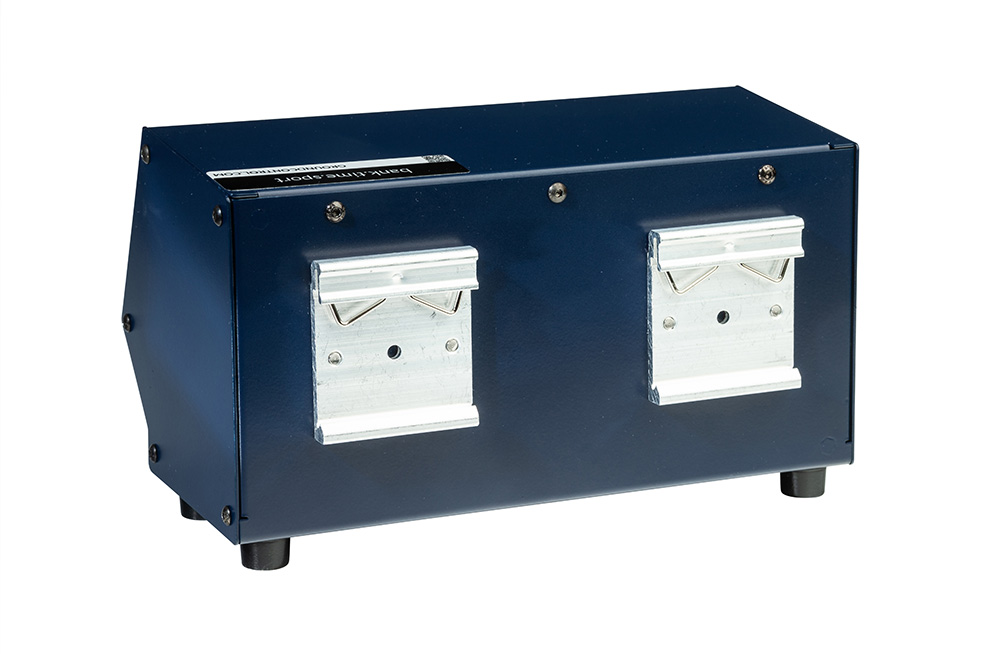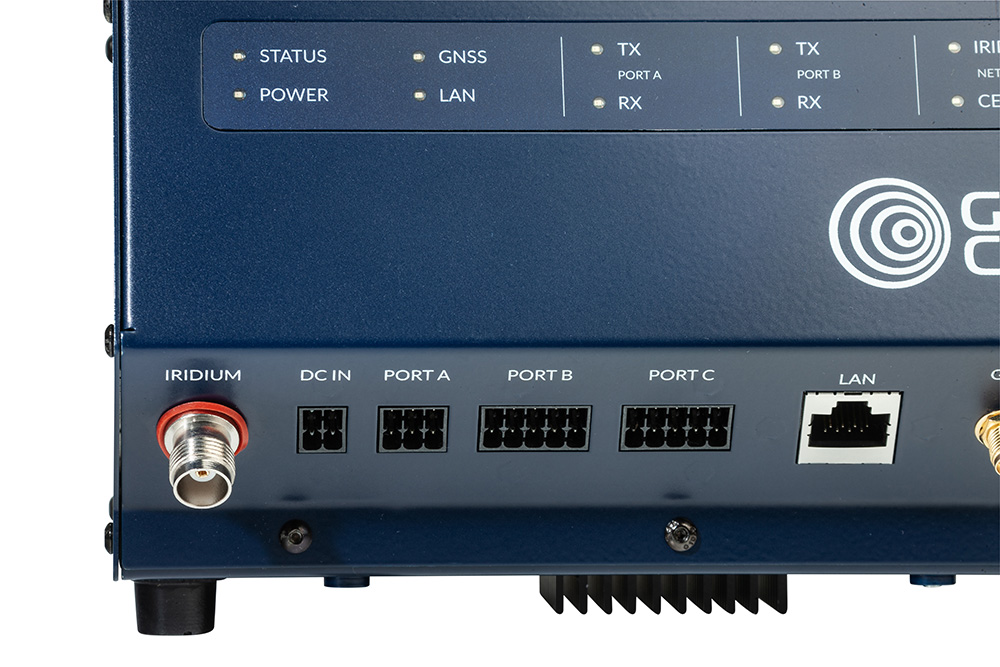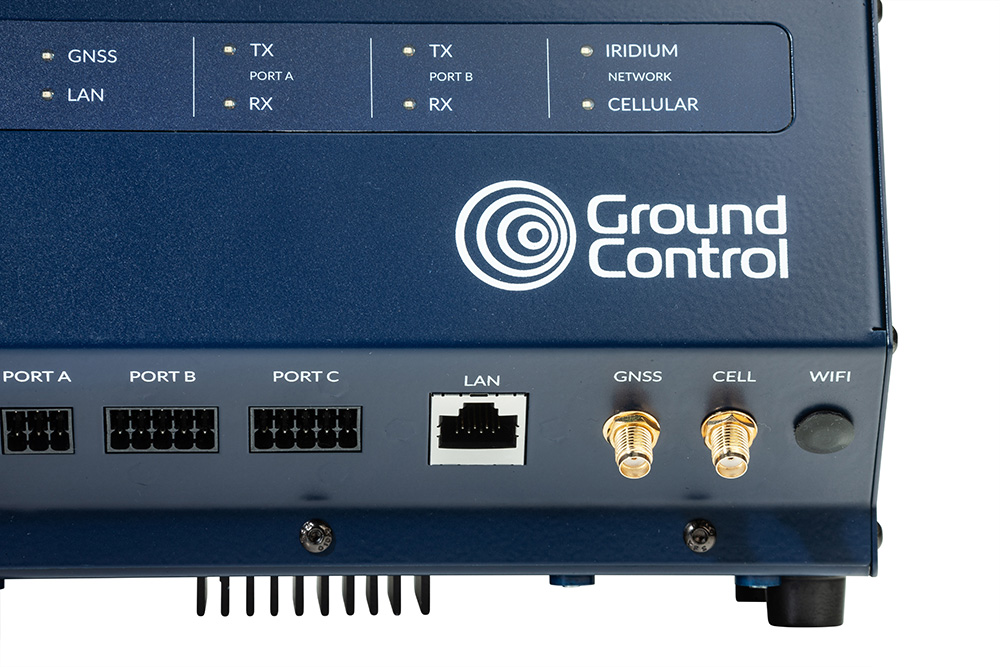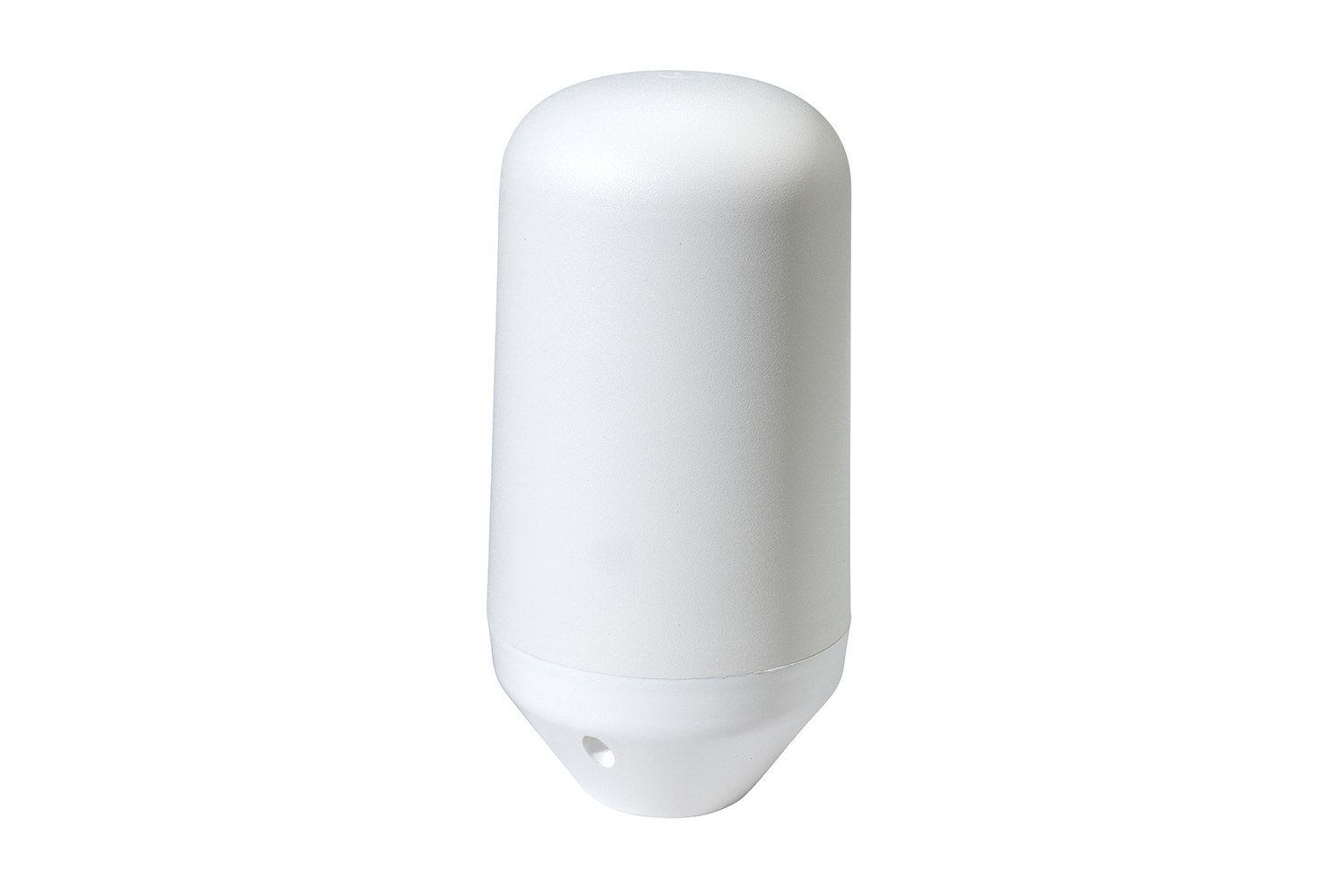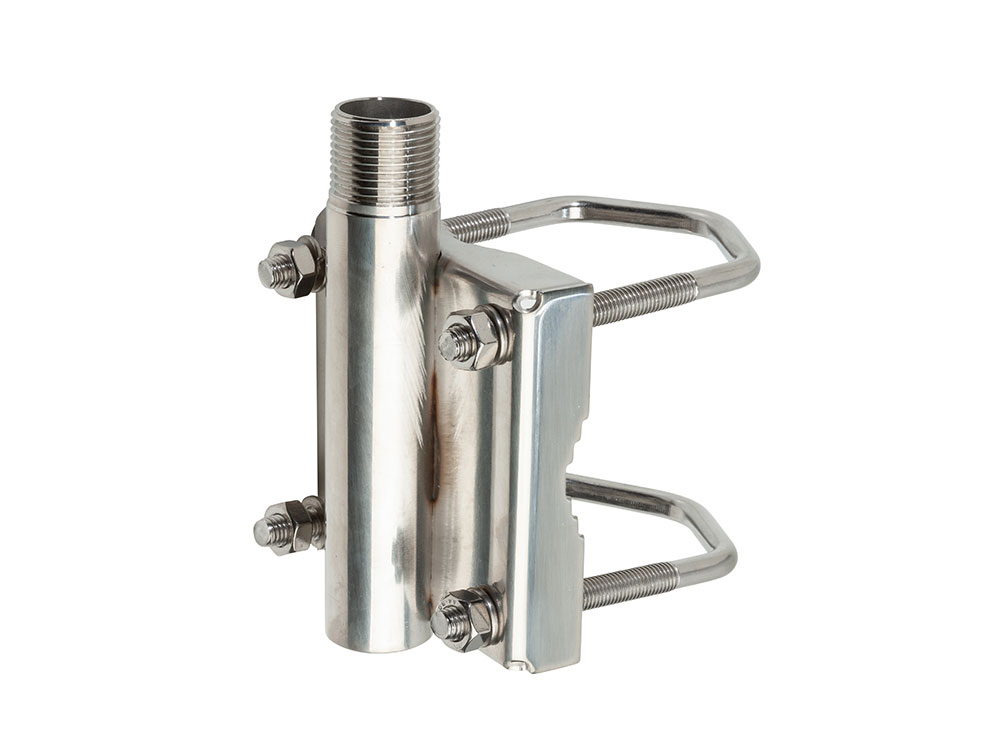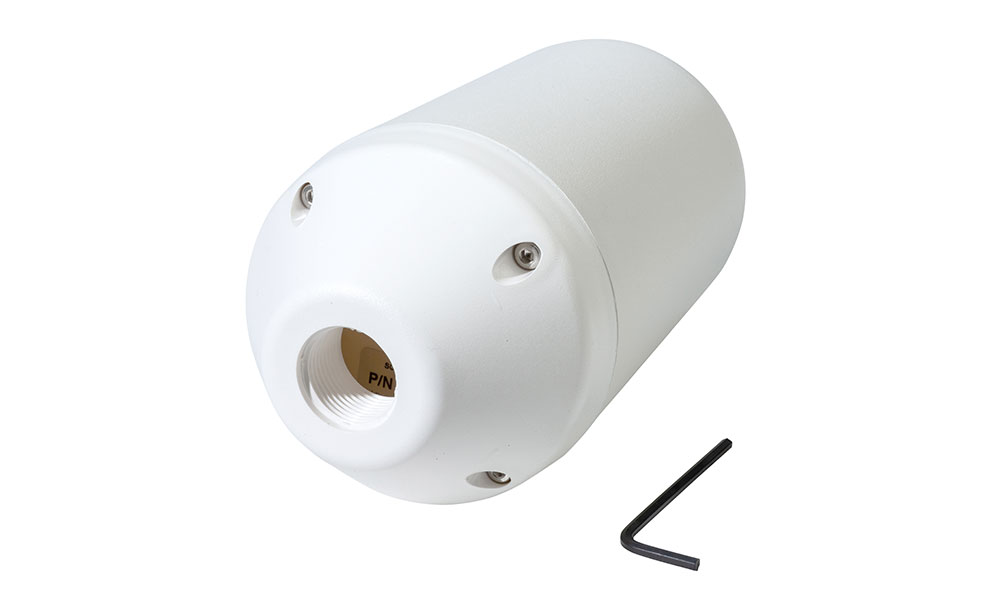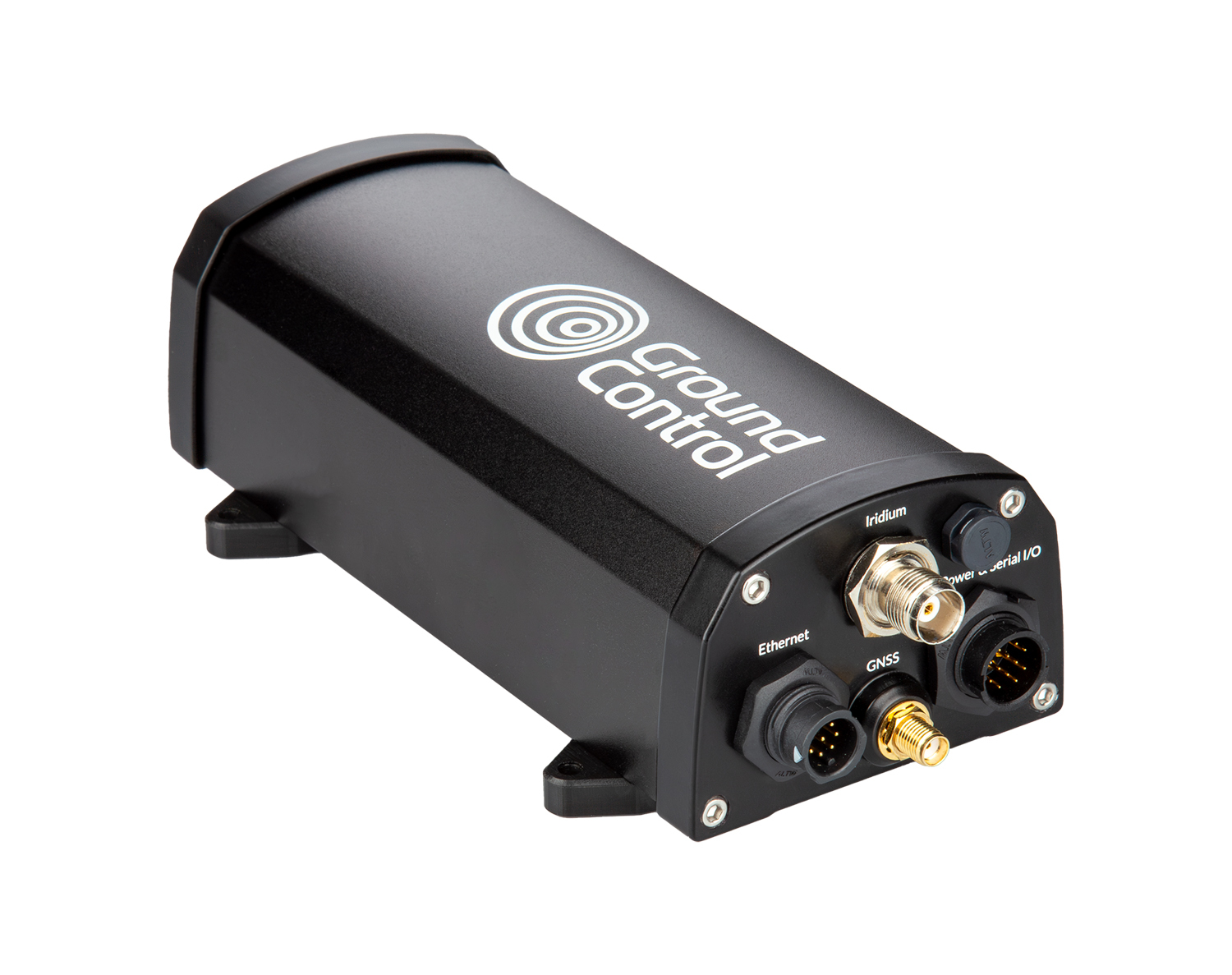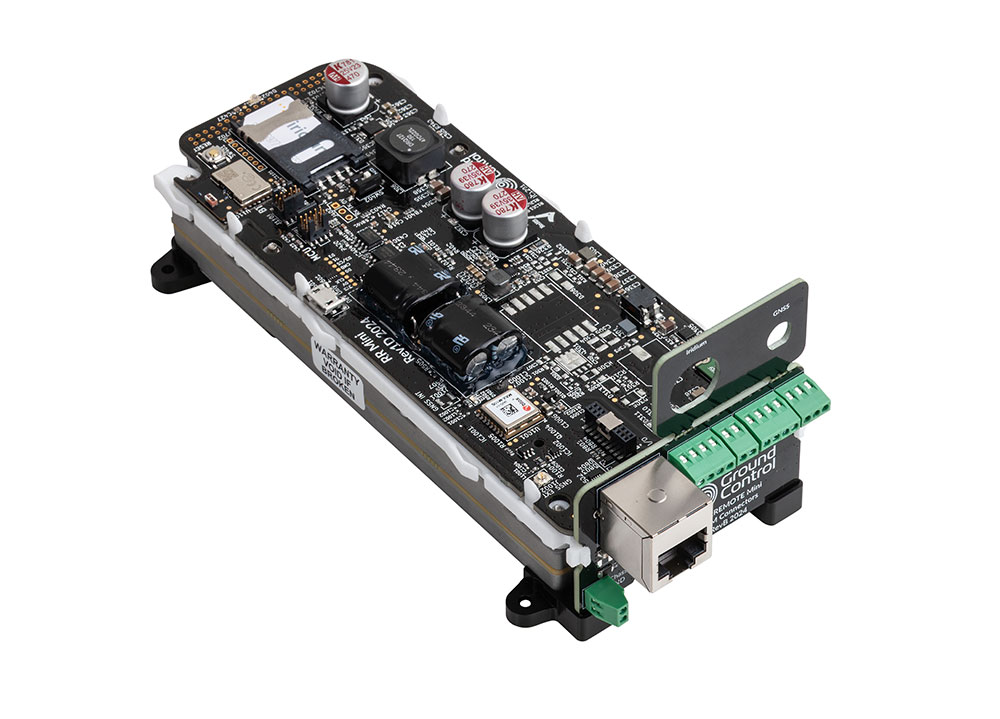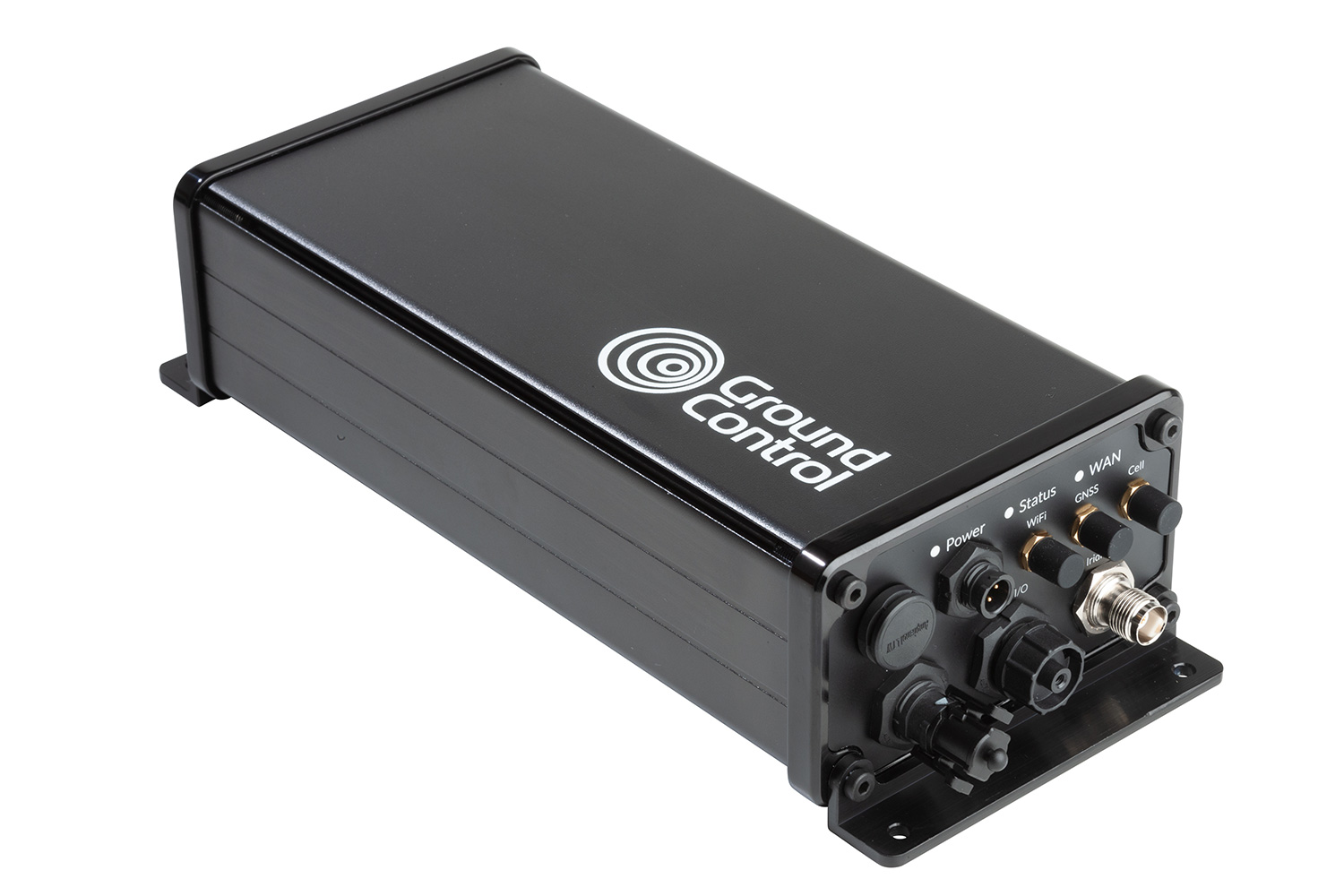Industrial IoT Communications Device
The sunsetting of legacy technology can leave critical remote IoT assets disconnected. In response to this challenge, the RockREMOTE solution bridges the gap between legacy technology and digital service evolution without requiring significant investment in a complete infrastructure refresh.
RockREMOTE delivers a reliable and flexible, IP or message-based, dual-mode LTE-Satellite communications solution for fixed, semi-fixed or mobile M2M / IoT applications worldwide. Customers select between Ethernet, Wi-Fi or Serial RS232/485 for their communications interface requirements.
The highly adaptable RockREMOTE guarantees robust communication and provides the vital link to ensure that your data keeps flowing when the grid stops.
RockREMOTE Use Cases
- Visibility and control of assets spread over a wide area
- Extend the reach of telemetry applications
- Measure conditions at potential new sites without power
- Real-time reporting on power generation to prevent saturation
- Prevent production stoppage with real-time alerts of machinery failure
- Reduce response times and send fewer people into the field
- Gather and analyze data to optimize loading and hauling operations.
- Omni-directional antenna with no pointing required
- Ideal for fixed deployment in hilly or woody locations, or for on-the-move applications
- Simple to deploy, IP-based over Ethernet or Wi-Fi
- Dual mode Iridium Certus satellite network combined with LTE
- Small form factor, industry standard DIN rail mounting
- Usage optimization enables RockREMOTE to be deployed in solar-powered environments in locations where mains power is unavailable
- Powerful integrated processing, storage and security enables the evolution towards Edge Computing
- Support for MQTT into IoT cloud services from Amazon, Google and Microsoft
- Ground Control’s subscription management platform, Cloudloop, enables visibility and control over your asset usage
- Hardware security module ensures that your data is secured while being transmitted over the network
- Transparent message buffering, queuing, and automatic data compression
Communications
- Satellite: Iridium Certus 9770 transceiver
- Satellite Antenna: passive omnidirectional
- Satellite Network: Iridium Certus 100 TCP/IP: 22 Kbps up / 88 Kbps down
- Cellular: LTE cellular module (regional specific variants)
- Cellular Antenna: optional external LTE antenna
- SIM Card Slots: 2 x Standard (2FF) SIM card slots (Satellite + Cellular)
Connection Interfaces
- Ethernet: 1 x RJ45
- Serial: 1 x RS232, 1 x RS485 / RS422
- Digital: 1 x GPIO port with 8 x isolated GPIOs
Computer Module
- Processor: Quad Core 1.5GHz Cortex-A72 (ARM v8)
- Memory: 2GB RAM, 8GB Flash
- Operating System: Linux
Power Specification
- Range: 10v – 30v DC
- Power Consumption: 0W (Sleep), 5W (Idle), 9W (Transmit)
- Supercapacitors for safe shutdown
- Power Interface: Spring loaded header socket
Physical Specification
- Terminal Dimensions (LxWxH): 193.3mm x 120.3mm x 117.0mm / 7.6″ x 4.7″ x 4.6″
- Terminal Weight: 1,263 grams / 2.78 lbs
- Antenna Dimensions: (Hx⌀): 150mm x 95mm / 5.9″ x 3.7″
- Mounting: Industry Standard DIN rail mounting
Terminal Compliance
- Iridium Certification: Certus 100 IoT
- Temperature Rating: -40°C to + 70°C / -40°F to 158°F
- Ingress Protection: IP5x (Dust)
Management Interfaces
- Easy to use interface to configure RockREMOTE functionality
- Advanced debugging and monitoring tools
- Remote Configuration via Cloudloop Data
- Hardware Security: Dedicated hardware security module
Smart Connection Management
- Traffic routing is based upon a user programmable strategy
- Automatic reconnection and retry mechanism; on-demand, interval or scheduled connection
Enterprise or Cloud
- Integrated with Cloudloop Data for integrated billing, provisioning and usage monitoring
- Certified support for AWS IoT Core, Google Cloud IoT and Azure IoT Hub
For full details of our Iridium Certus 100 airtime, please visit our Certus 100 Service Plans page.
Taking full advantage of IMT, the latest Iridium network service evolution, Ground Control has developed a Satellite IoT delivery network. It’s designed to deliver large message payloads for a wide range of IoT applications in a highly cost effective way.
It provides an end-to-end solution comprised of:
- An MQTT application deployed on the RockREMOTE terminal; this provides the interface for your remote application to submit and receive data payloads
- The Iridium IMT satellite service
- An MQTT server application, delivered via Ground Control’s Cloudloop platform, which enables your IoT service application to submit and receive data payloads.
The following items are supplied with your RockREMOTE device.
- RockREMOTE or RockREMOTE Rugged Unit with Iridium SIM card Installed
- Omnidirectional Certus 100 Antenna
- 9m antenna cable assembly
- DC power cable assembly (1m for RockREMOTE, 2m for RockREMOTE Rugged with IP67 connector)
Optionally, you may also have been provided with:
- An appropriate antenna mounting bracket (see Accessories)
- LTE, WiFi and GNSS antennas
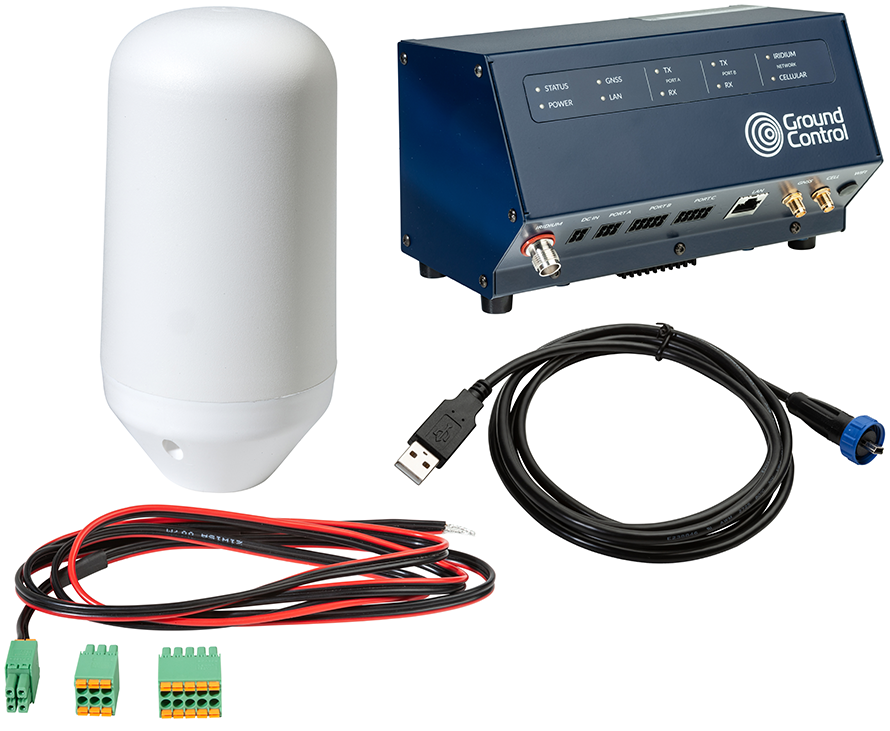
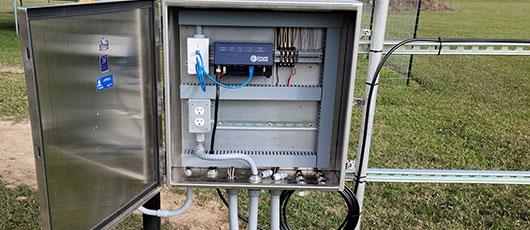
The RockREMOTE is pictured here in a metal cabinet. The transceiver has ingress protection of IP5X; the antenna is IP66.
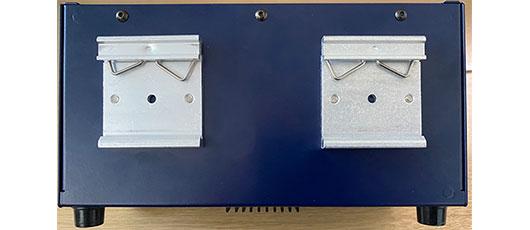
The rear view of the RockREMOTE features industry standard DIN rail mounting.
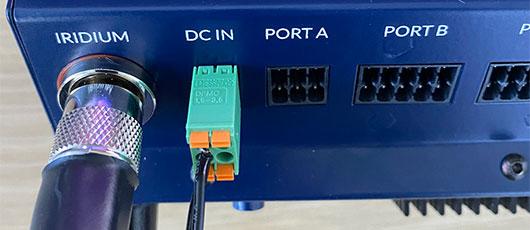
Here’s a close up of the connection interfaces; from left to right, the Iridium Antenna connection port, DC power in, RS422/RS485 connection port, RS232 connection port.
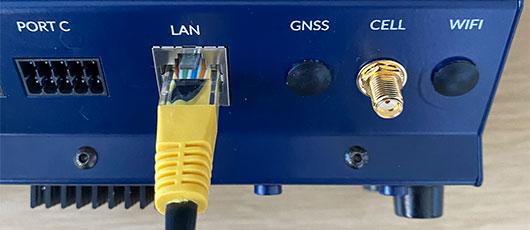
Pictured here is the digital I/O connection port, ethernet connection, and cellular antenna connection.
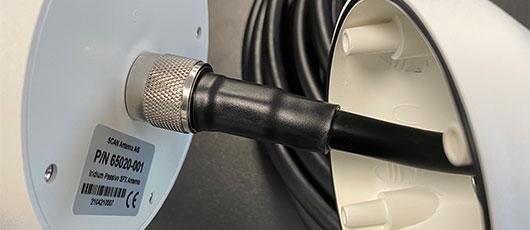
The omni-directional antenna doesn’t need to be pointed, and is a low-loss radome. Mounts on any US-style Mounting Bracket with 1″-14NF threaded stud (not supplied).
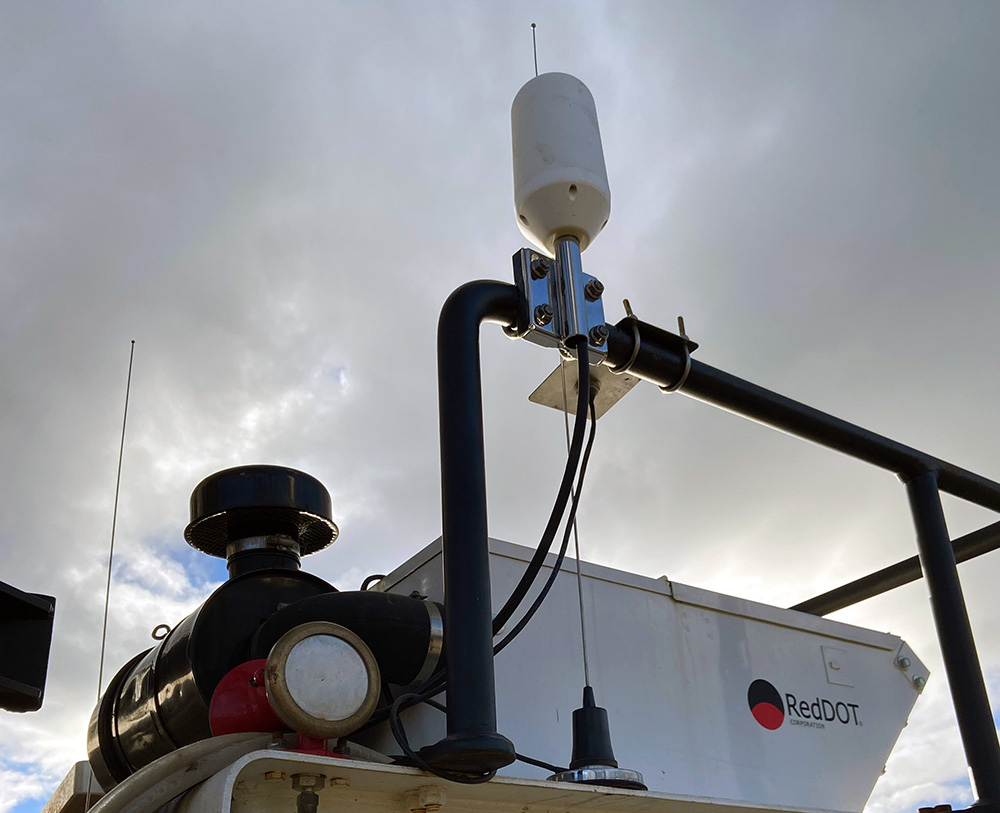
You can see in this picture how the antenna is typically mounted, with the antenna cable fed into a ruggedized enclosure where the RockREMOTE device sits.

Frequently Asked Questions
Iridium Certus 100 is a TCP/IP based service enabling a bi-directional ‘always on’ connection between field assets and a back end solution.
Typical power consumption is 1.5 amp average with 4 amp peak. Actual power usage will be heavily dependent on how the RockREMOTE device is being used in terms of how the processing unit is utilized for any applications, and the frequency of network communications.
Security is made up of a number of elements within the RockREMOTE solution. The network security is offered through VPN connections both from the satellite ground station to the land network connection, then from there to the customer site. This is further enhanced though the availability of the inbuilt hardware security module which can encrypt the data before being sent over the network, ensuring that, even if accessed along the way, data is unusable to anyone who has accessed it.
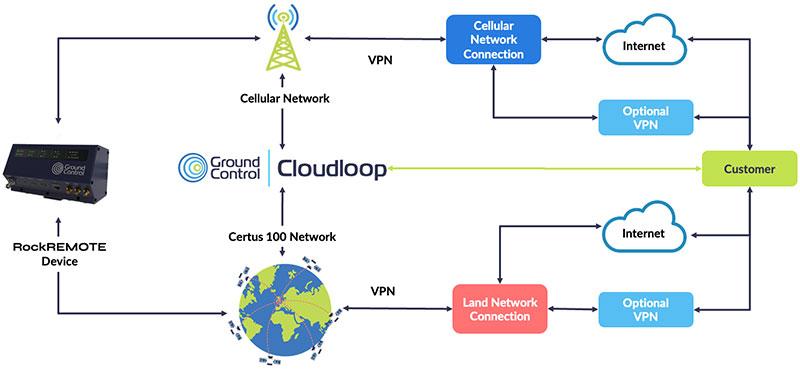
Using the combination of the Certus 100 LEO network and the omnidirectional antenna, line of sight issues are significantly reduced. The antenna will automatically locate the satellite as opposed to having to be specifically pointed at a geostationary satellite. The solution still requires a good view of the sky.
Installation time is dependant on how / where the device and antenna are being mounted. If a DIN rail mount is already correctly located, with power and connections in place to the required measure devices, the RockREMOTE unit installation can be completed in a matter of minutes. The activity that will require greater consideration will be the external mounting of the antenna and the routing of the antenna cable.
RockREMOTE powers up and can start to send data within 90 seconds from cold start.
If network connectivity is lost, RockREMOTE will automatically re-acquire connectivity to either Satellite or Cellular networks.
RockREMOTE will auto-restart and return to its previous state after a power outage. It will automatically restore an active Iridium or cellular connection, for example.
For full details, please review our RockREMOTE developer docs. Establishing a connection from sleep mode is not too much quicker than turning on from cold (sleep to connection in just under a minute vs. 90 seconds from cold) but does give the benefit of keeping the caps charged and the RTC running. For applications where power is limited, it may be preferable to install a switch or relay from the logger.
Iridium Messaging Transport (IMT) uses the Certus 100 service; the plans are the same price and have the data allowance regardless of whether you’re using IMT, a message-based protocol, or Certus 100, a TCP/IP-based protocol. However, the cost of sending your data via IMT is going to be substantially lower than sending your data via Certus 100. This is because there is no TCP/IP overhead in a message-based service; you only send your data payload. That said, IMT is more technically involved to implement.
If you send your data via Certus 100, as an IP-based service, it’s highly interoperable with your existing software, and integration will be simple. If you send your data via IMT, you’ll need to “chop it up” first, and reassemble it at the far end. If you can do this, it’s a far more cost-effective way of sending data, but needs some programming skill. We’re here to help so just get in touch if you’d like some advice on this, or representative costs for using IMT over Certus 100.
Use of the MQTT broker service is included as long as you have an active Certus device activated with us using IMT (Iridium Messaging Transport). IMT messages are taken from the device allowance in bytes (but are much more efficient due to no TCP/IP overhead).
We recommend using our MQTT broker if using IMT over RockREMOTE as then we can support your implementation fully. More details on Cloudloop MQTT here: www.docs.groundcontrol.com/iot/rockremote.
Documentation
Accessories
Can we help?
Start a chat with our expert team today to see whether the RockREMOTE could revolutionize your Industrial IoT operations. Complete the form or call us on +44 (0) 1452 751940 (Europe, Asia, Africa) or +1.805.783.4600 (North and South America).
